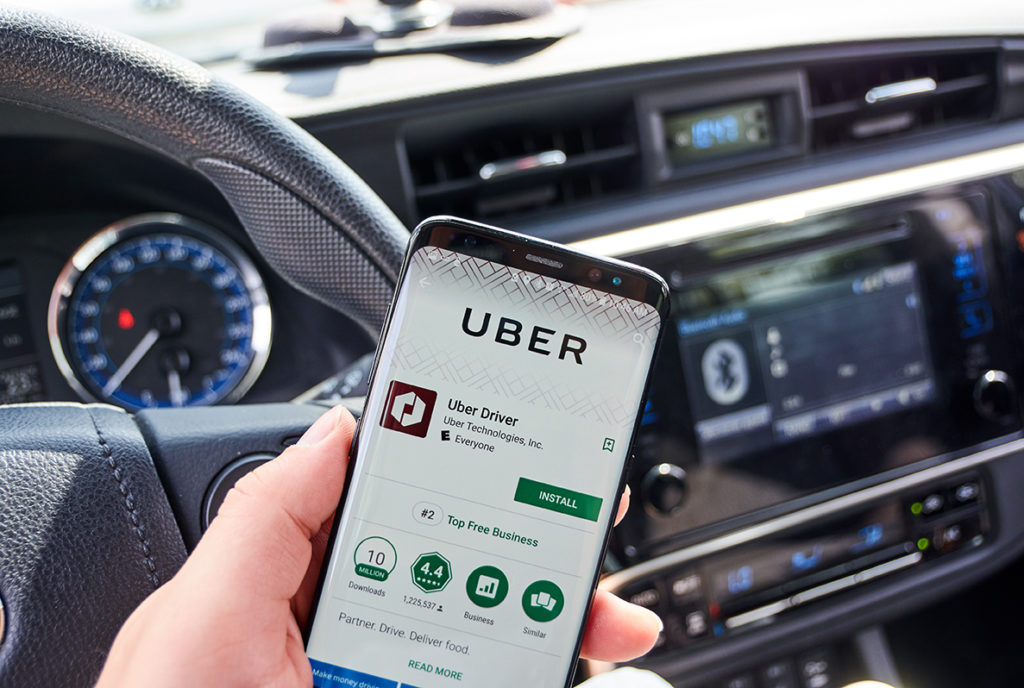Driver shortages are no longer an issue. Are the problems over for Uber? Or is the shortage only just the beginning?
For a while, a huge lack of drivers has been a serious concern for ride-hailing apps like Uber, Bolt and FREENOW. There were several reasons for the driver shortage, including drivers defecting to Amazon parcel delivery or food delivery like JustEat and Deliveroo.
Now, Uber claims that the shortage of drivers is a problem of the past. However, that doesn’t mean everything is sunshine and rainbows at Uber HQ. They now the company says it must focus on resolving passenger complaints like increased cancellations and longer wait times.
Plan Insurance can provide bespoke taxi insurance quotes for all UK drivers. Just fill in our short online questionnaire, and our professional brokers will be in contact to arrange your insurance.
There is now an abundance of drivers. Why?
Last year, Uber’s chief executive Dara Khosrowshahi came to London to specifically tackle the company’s driver shortage. He pledged to pay £500 bonuses for referrals after Uber lost so many drivers during the pandemic. In the US last year, Uber embarked on a $250m campaign to recruit and retain drivers.
Uber’s ten largest markets, which make up more than three-quarters of all of its booking, have seen significant growth in drivers since August. Andrew Macdonald, Uber’s head of mobility, declared that driver sign-ups are increasing worldwide. Global driver supply is up an incredible 70%. In August, the UK reached the highest number of active drivers ever on British roads, 85,000.
Macdonald, the Uber executive that took over global leadership for its ride-hailing business in 2019, believes the improvement in driver supply was thanks to cash incentives, platform improvements and economic pressures that are causing people to turn to the gig economy for extra money.
‘Ubering home’ is becoming a wish instead of a choice
Resolving the driver shortage issue has allowed Uber to turn to start dealing with mounting customer complaints. The two most common are long waiting times and drivers cancelling after initially accepting a trip.
Unhappy passengers tell of not knowing whether they will get an Uber at all, and watching drivers accept and then cancel trip after trip on the app.
With no Uber in sight, people instead opt for an iconic London Black Cab or the bus to get home.
Tech pundits have gone so far as to say that customer satisfaction with Uber is so low that if things don’t change, ‘getting an Uber’ may fall out of vernacular.
Instead, people will start pre-ordering Black Cab and minicabs like in the past. Those without the money for a Black Cab or the foresight to book a minicab are likely to take public transport.
It’s never quiet on the western front for Uber
Despite fixing a major supply issue (having enough drivers) in the simple supply and demand model that remains a constant across businesses of every kind, Uber’s problems are far from over.
In fact, the complaints of a poor customer experience for passengers may be worsened by measures put into place to attract more drivers. Uber admitted that to make the platform more appealing, they removed some features previously used to discourage cancellations. This included suspending or offering fewer rides to drivers who cancel too often.
With driver shortages becoming a not-so-distant memory, it will be interesting to see whether Uber changes the technology of their app back to favour customer satisfaction over the preferences of their drivers in the future.
Andrew Mcdonald said he is focusing on improving the technology that pairs available drivers with the right customers. On top of that, he believes the key to solving this issue is making sure the right fee is calculated for each journey. This minimises the chance that drivers are let down. He claims significant investment in Uber’s backend technology has improved those processes.
How will Uber cope with more drivers and more rides during the holiday season?
As we head into the holiday season, demand for late-night rides home in cold weather will increase. Macdonald says that he wants to increase transparency in order to have more trips accepted and more trips successfully completed.
The Uber executive tracks customer metrics like wait times and the number of cancellations several times a day. He notes that the figures have improved in the second quarter of 2022. As Christmas and New Year come around, we’ll see how their improved technology copes with greater demand.
Find out why 96% of our customers have rated us 4 stars or higher by reading our reviews on Feefo.


